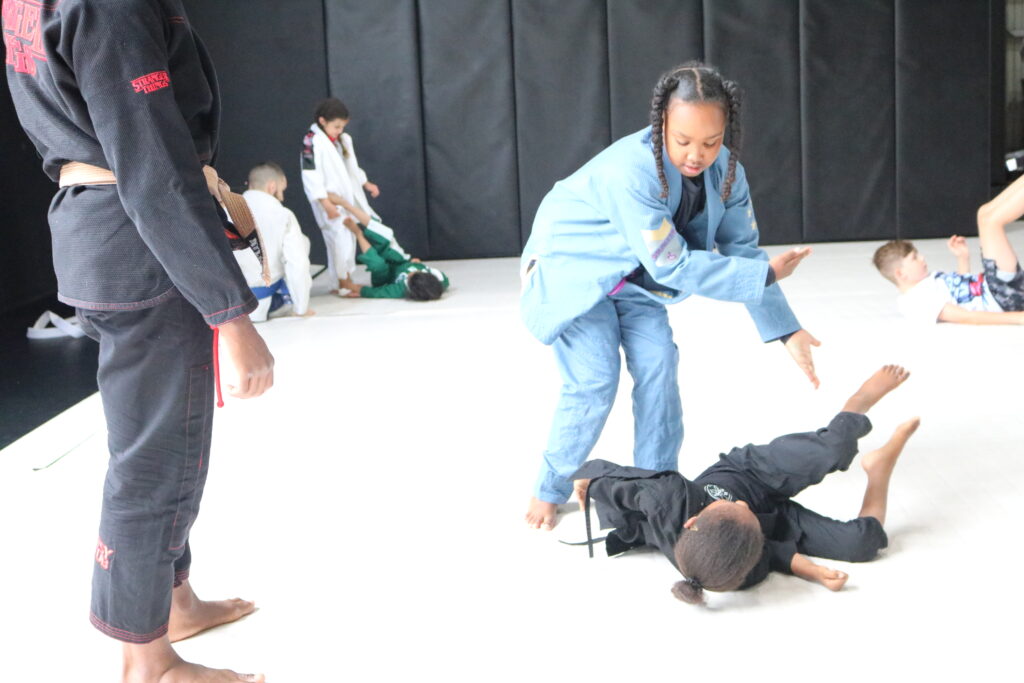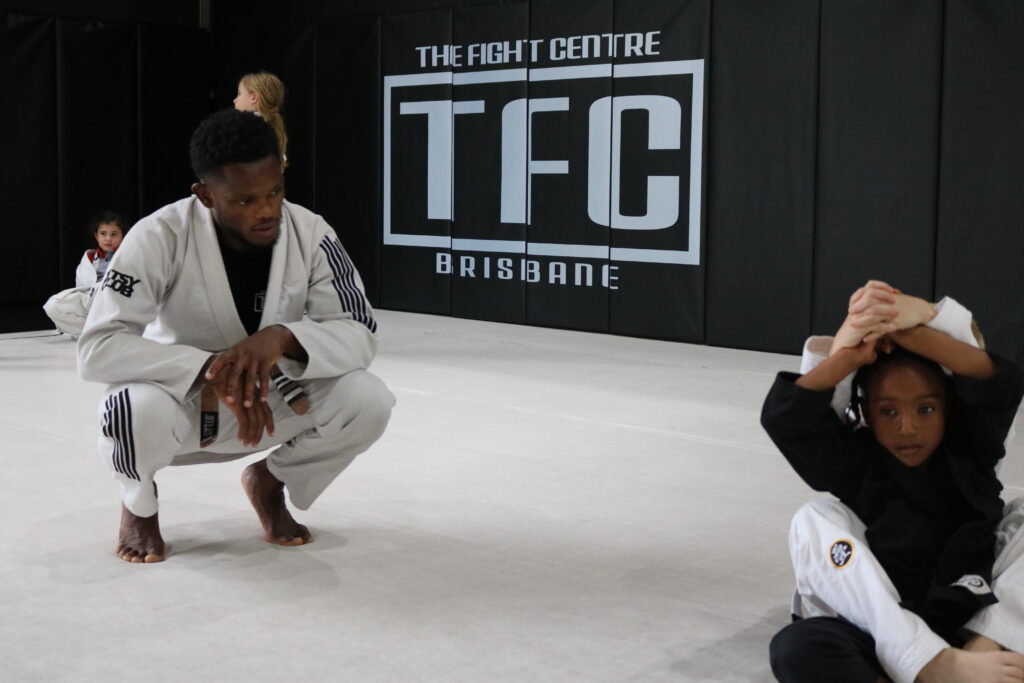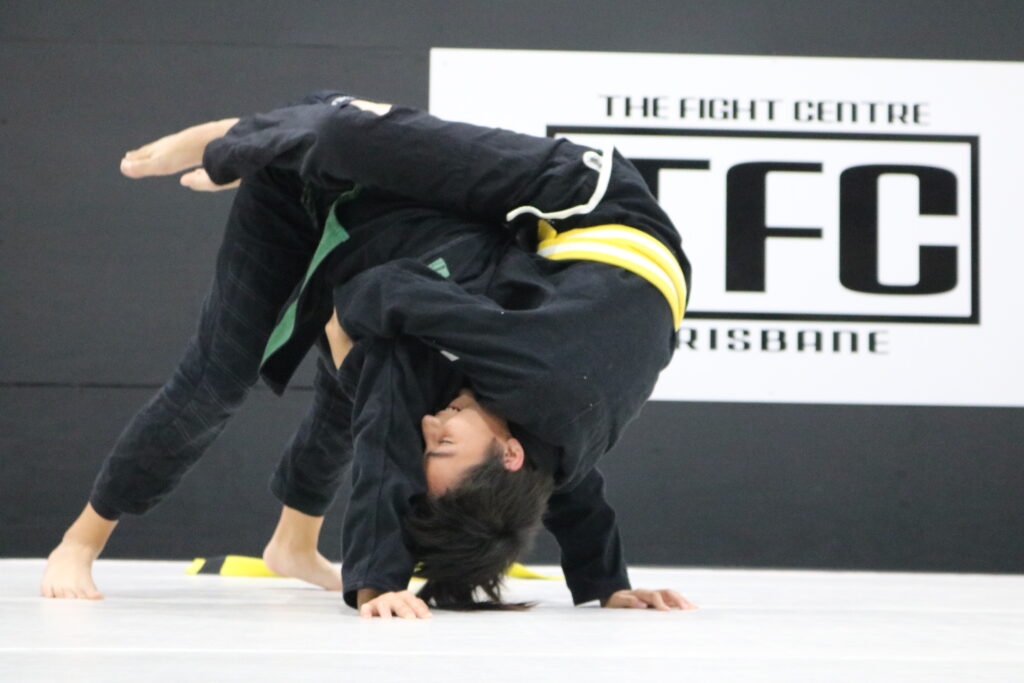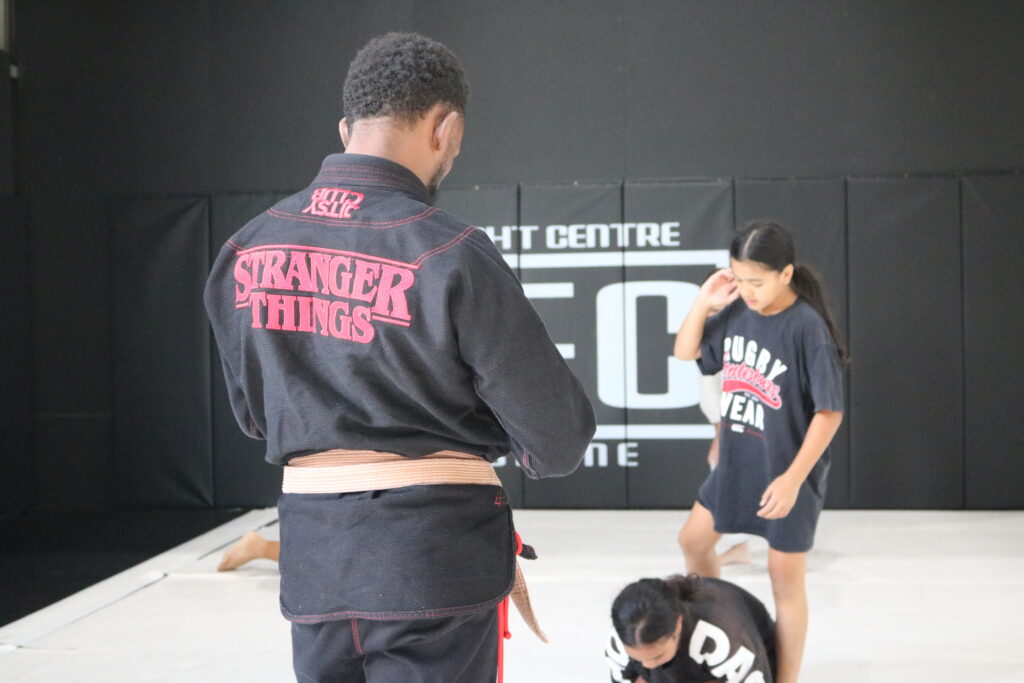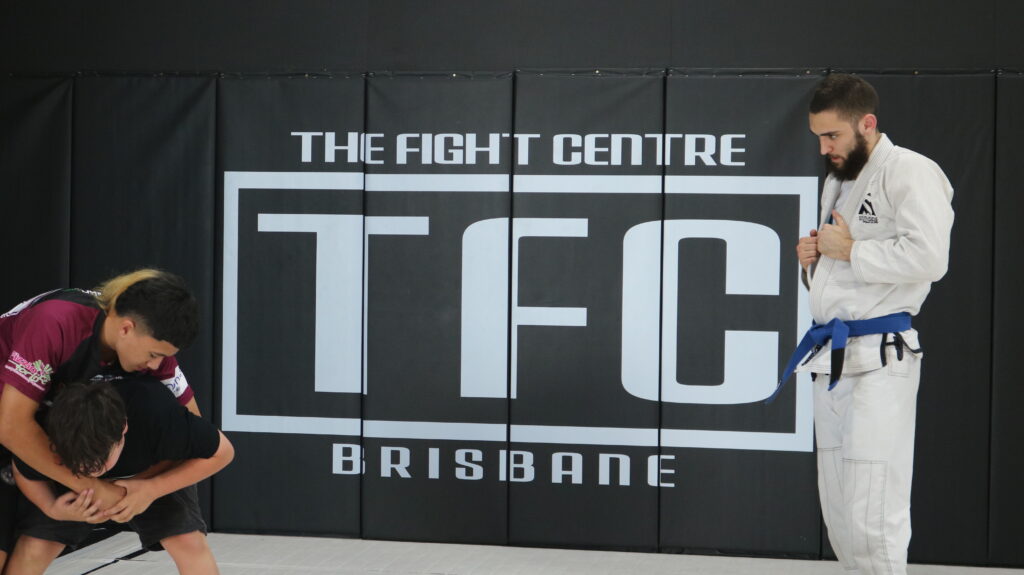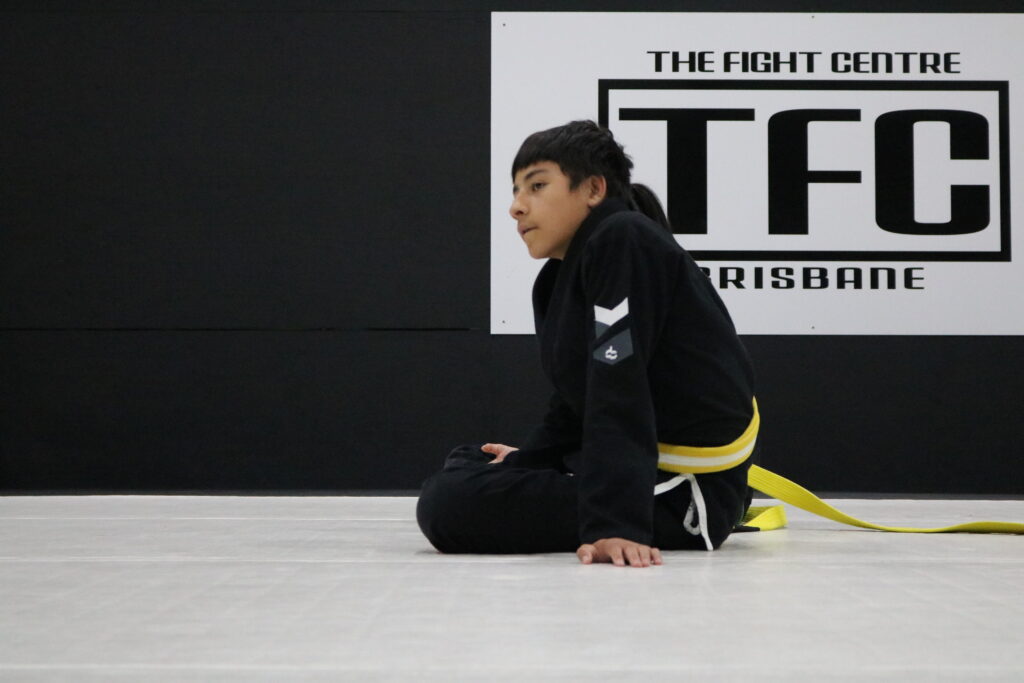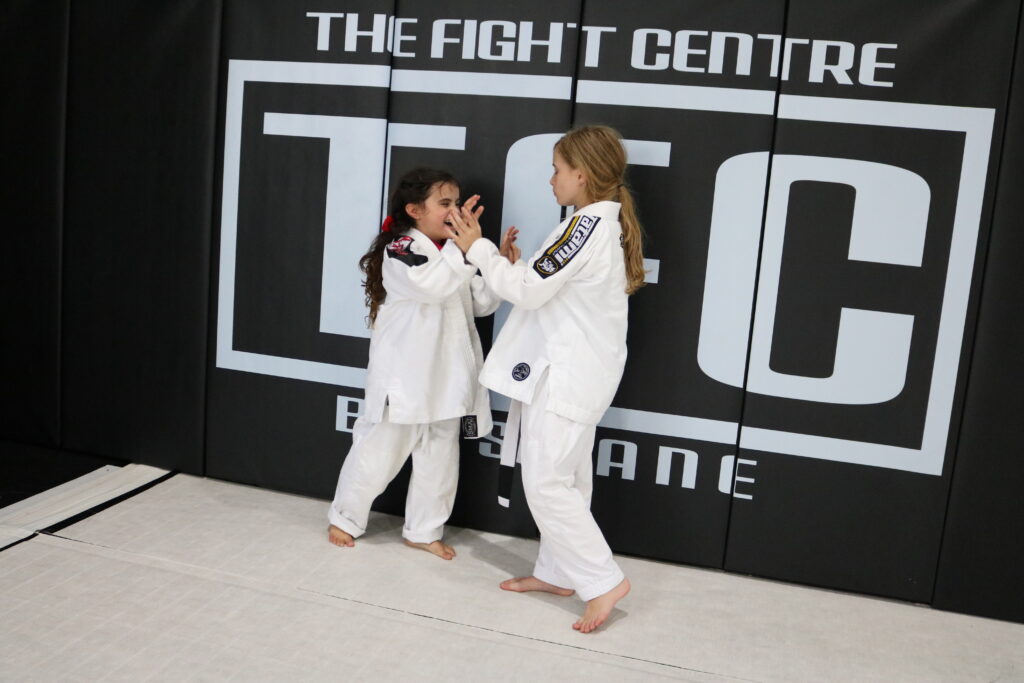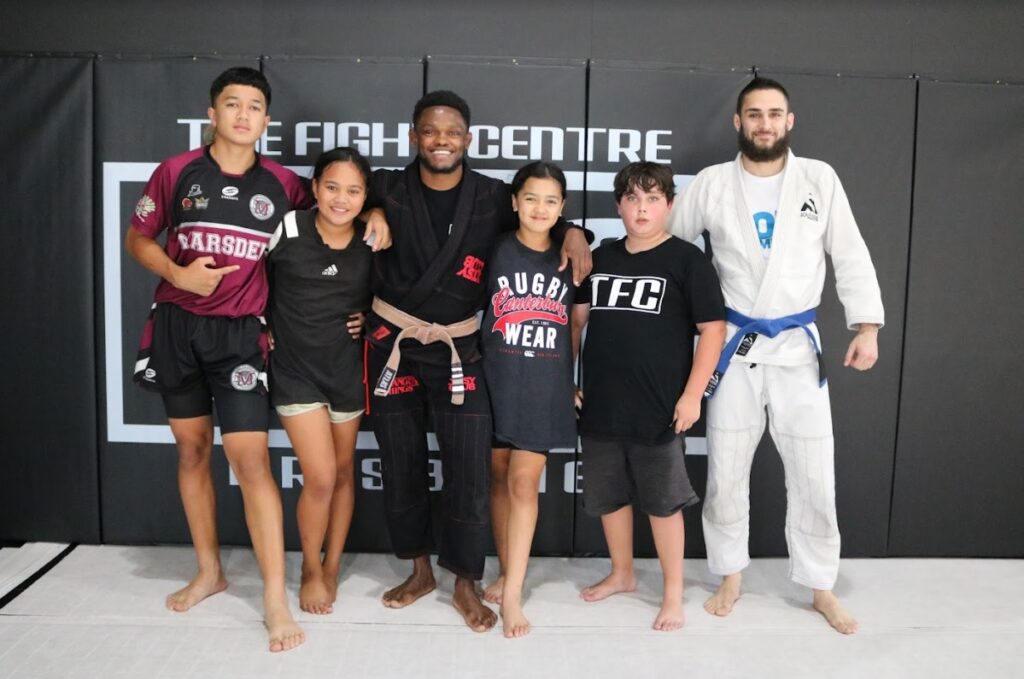Martial arts for kids is a great way to introduce your young ones to an activity they can do for the rest of their lives. There are a lot of options out there, but we always think BJJ is the best martial art for kids. If you’re looking for more information before starting kids in BJJ with us, you’re in the right place.
The benefits of BJJ are just about endless. It fosters discipline, respect, and self-confidence in kids, helps them improve their physical fitness, and sharpen their focus. BJJ is one of the best ways to develop a healthy lifestyle and build good habits that will help your child. They will develop qualities from martial arts training that will help them in other areas, whether it’s at school, in other sports, or even social interactions. As a result, they are more likely to grow into competent adults ready to take on life’s challenges.
Having said all that, we understand why some parents may have apprehensions about starting kids in BJJ. We get it. Let us put your fears to rest so you can sit back and relax as your kids prepare to take on the world.
-
What is BJJ and can my kid get hurt
People call Brazilian Jiu Jitsu aka ‘BJJ’ the gentle art, and for good reason. It’s a martial arts focused on neutralizing opponents without violence. Instead of learning to punch and kick and all manners of striking, we focus on teaching kids tricks to immobilize their opponents.
It is one of the safest forms of martial arts as it does not perpetuate concussive injury. In other words… you won’t have to worry about your kids getting knocked around and bruising their brains! Because BJJ isn’t forceful as some other striking based martial arts, the chances of getting any serious injury is close to zero.
What do we mean by that?
Getting bruises is normal, especially for beginners, but that’s about the extent of what your kid will experience. Bleeding is very rare, and when it happens, it’s because of accidental contact to the nose. You don’t really see any broken bones in kids’ BJJ… or even adult BJJ, for that matter.
In saying that, BJJ is still a contact sport so the risk of injury is always present. That’s why we make sure that we create a safe training environment and cultivate a respectful and discipline approach to training on the mats.
(The only broken bones in BJJ happen during professional fights when adult players refuse to submit, or freak accidents, but those are extreme cases.)
-
Does it teach kids to be violent
Short answer: No.
Long answer: Not if the instructors teach it properly. Not just in BJJ, but martial arts in general, we should find teachers who embody the principles that the art stands for.
Respectable establishments make sure to teach kids never to take advantage of their skills and use it to hurt others. Instead, they use it only to defend themselves and only when escape is no longer an option. It also gives them the confidence to de-escalate the situation. So regardless of what martial art you decide to enroll your kids in, make sure that the instructors care about teaching kids the right way.
-
Is Jiu Jitsu good for toddlers and young kids
BJJ isn’t exclusive to teens, adults, or athletes, especially since it is not brutal or violent in nature. It has physical, psychological, and social benefits that kids can acquire. Starting kids in martial arts can instil many ideal traits that will serve them well, and the sooner you enroll them, the better they’ll acquire these traits.
-
What are some values kids learn in BJJ
Starting kids in BJJ means allowing the possibility of them learning the values intrinsic to the art. There are too many of them to mention in this article, but here are two of the biggest ones they learn:
One fundamental aspect applied in every class is respect. Respect for the teachers means your kids will pay attention and follow instructions. Respect for their peers means they will not hurt or aggravate their training partners. With this as a core value in the gym, we create a safer environment for everyone to thrive in.
Humility is another thing kids learn as soon as their first class. Martial arts like BJJ teach kids to be humble as they start their journey with zero knowledge. Then they’ll learn to be humble as they lose against partners of higher skill. Then they’ll learn to be humble, even when they win against their opponents. This is one of the most important characteristics that they learn on the mats that they can apply off the mats.
-
Why is BJJ the best martial art for kids
Starting your kids in BJJ can help them use it as an emotional and physical outlet for their stresses and personal frustrations while providing a very creative and fun way for them to socialise, exercise, and get fit.
Brazilian Jiu-Jitsu burns through kids’ excess energy without letting them get bored. They learn in an environment where there are other kids they can get to know and socialise with.
Bringing them to the gym creates bonds with others and sparks interests they would otherwise not find anywhere else. And since BJJ is a gentle martial art, instead of encouraging violent tendencies, it helps your kids maintain composure and stay calm even in stressful moments.
It also has a belt system that encourages a sense of healthy competition. This type of system encourages a growth mindset and the need for a disciplined and organised way of dealing with problems.
-
The belt system
Every field of sport breeds healthy competition among participants, whether for kids, teens, or adults. BJJ is no different. There is a graduation for kids where they graduate to different belt levels, indicating their rise in skill and competence in the field. This change in belt colour is carefully assessed by our trainers.
The belt system carefully considers your kids’ age and ability to move forward in the complexity of techniques and strategies. Once your child turns 16, they move on to the adult graduation system.
Before that, though, there are five major belt colours your kid may acquire. Upon enrollment, everyone receives a white belt. As they progress, they will earn their grey, yellow (minimum of seven years old), orange (minimum of ten years old), and green (minimum of 13 years old) belts. If this interests you, you can find more information about the belt system in this article.
-
Our programs
We divide our BJJ Classes into Kids’ BJJ and Teens’ BJJ. For both age groups, we offer Gi classes (practised in the Kimono) and No Gi classes (practised without the Kimono). You can expect a safe learning environment in each class.
We aim to teach kids and teens how to defend themselves, keep cool in stressful situations, and be strategic in high-pressure encounters. BJJ provides the perfect balance of brain stimulation and physical exercise to keep your children happy and healthy overall.
-
The coach
Coaches in The Fight Centre are professionals with experience training people of different age groups. Our coaches will be gentle and encouraging while being firm and structured in the way they teach your kids.
Diego Pereira leads our BJJ for kids classes. He has 11 years of martial arts and 7 years of teaching experience under his belt. Diego is very good with kids, which is why he’s our best pick when teaching kids BJJ. With Diego, you can expect every BJJ class your kid joins will be fun, detailed, and focused.

